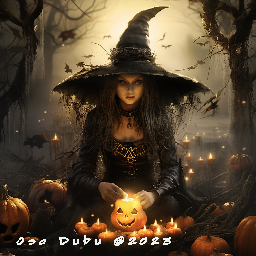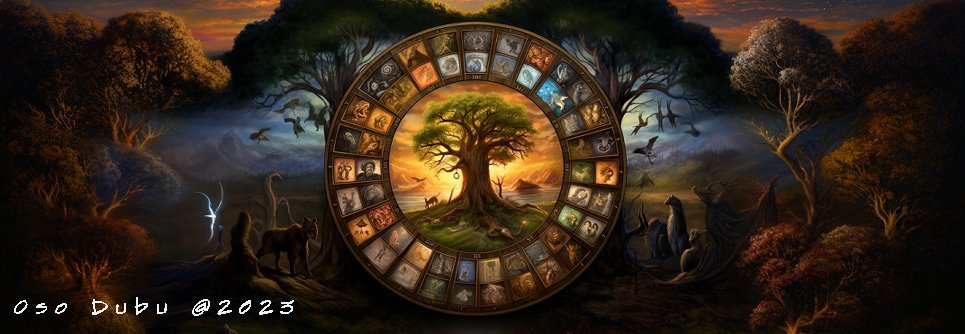Samhain
Samhain (pronounced sow-in or sah-win) is a holiday that is celebrated in various Neopagan and Wiccan traditions, typically on October 31st. It is considered one of the four quarter days, marking the end of the harvest season and the beginning of the dark half of the year.
In ancient Celtic cultures, Samhain was a time when the old year was ending and the new year was beginning, and it was often celebrated as a time to honor ancestors and the dead. The Celts believed that on Samhain, the boundary between this world and the spirit world was at its thinnest, and it was a time when the spirits of the dead could return to the world of the living.
In Neopagan and Wiccan traditions, Samhain is considered a time of reflection and introspection, a time to honor ancestors, and to acknowledge the cycle of death and rebirth. It is also a time to honor the goddess of the night and the goddess of death and to reflect on the passing of the year.
Samhain rituals and celebrations may include activities such as leaving food and drink offerings for ancestors and the dead, lighting candles and placing them in windows to help guide the spirits of the dead, visiting and decorating graves, creating ancestor altars, divination and scrying, meditating on the passing of the year and the cycle of death and rebirth, and many other rituals and activities that are related to the season.
As with other pagan celebrations, the exact practices and rituals can vary depending on the individual or group and the tradition they follow. Some people may celebrate more extensively or intensively, and others may celebrate less. In modern times, Samhain is also associated with Halloween and many people may incorporate elements of Halloween into their celebrations.
Pagans and Wiccans celebrate Samhain, in a variety of ways. Here are a few common practices:
-
Honoring ancestors and the dead: Many Pagans and Wiccans see Samhain as a time to honor and remember their ancestors and the dead. This can be done through rituals, prayers, or offerings of food and drink. Some may create ancestor altars or visit and decorate graves, as a way to connect with their loved ones who have passed away.
-
Divination: Many Pagans and Wiccans believe that the veil between the worlds of the living and the dead is thinnest at Samhain, and use this time to practice divination techniques such as scrying, tarot reading, or omen-taking to communicate with the spirits or to gain insight into the coming year.
-
Nature walks and meditation: Some Pagans and Wiccans celebrate Samhain by taking a walk in nature, either alone or with a group. This may include meditation, visualization, and other practices to connect with the natural world and the energy of the season.
-
Decorating: Some decorate their homes and altars with autumnal decorations such as, black candles, apples, pumpkins, crows, bats, and other items that symbolize death and the harvest, and to infuse their homes with the energy of the season.
-
Feasting: Samhain is also a time for community and sharing, so many Pagans and Wiccans will celebrate by sharing a meal with friends and loved ones, some may also hold communal feast with their covens or pagan groups
As with other pagan celebrations, the exact practices and rituals can vary depending on the individual or group and the tradition they follow, some may celebrate more extensively or intensively, and others may celebrate less. Some may also incorporate elements of Halloween into their celebrations, such as costumes and trick or treating.
